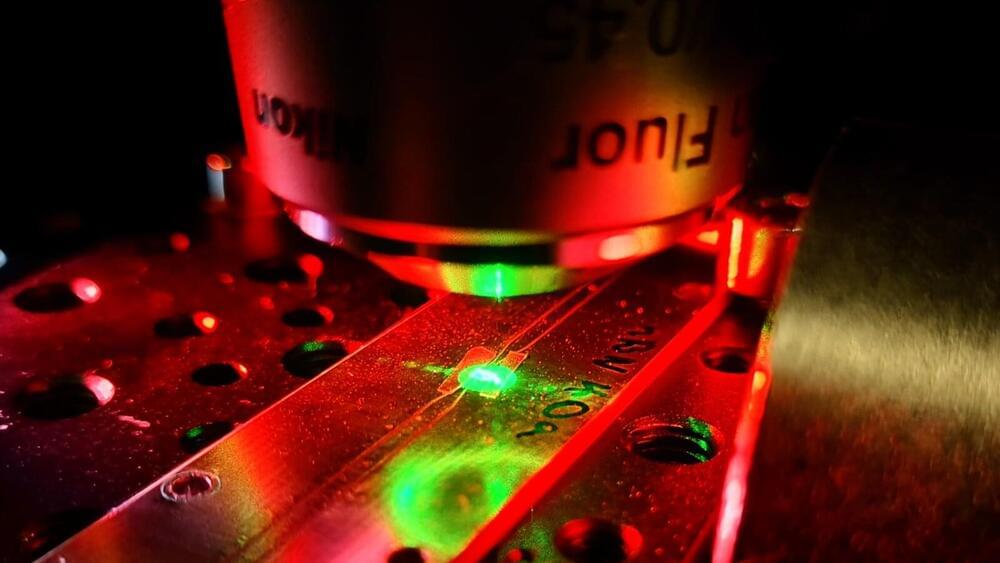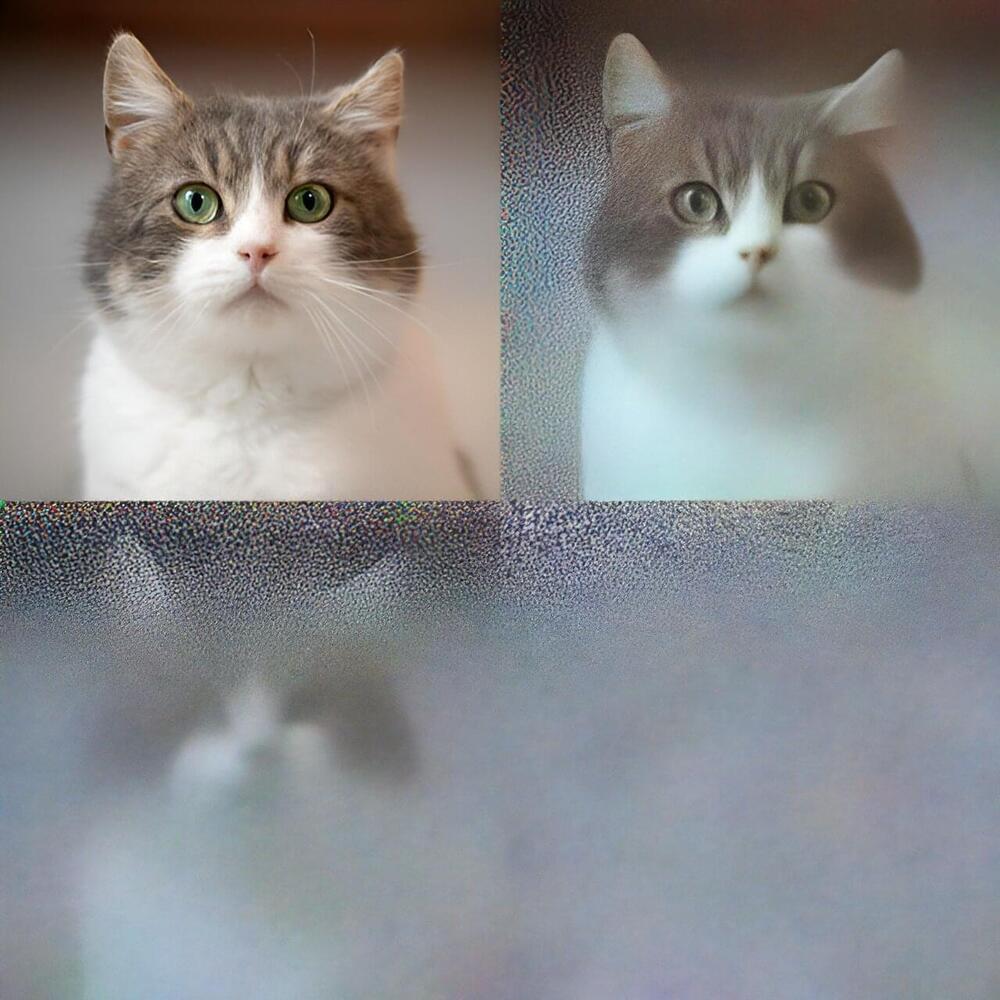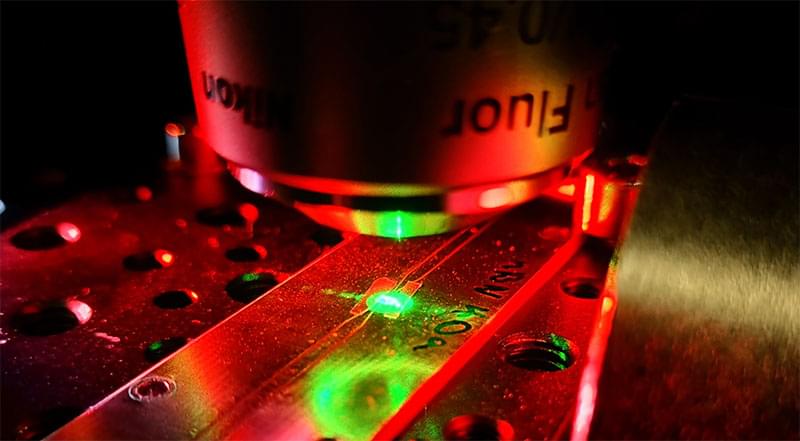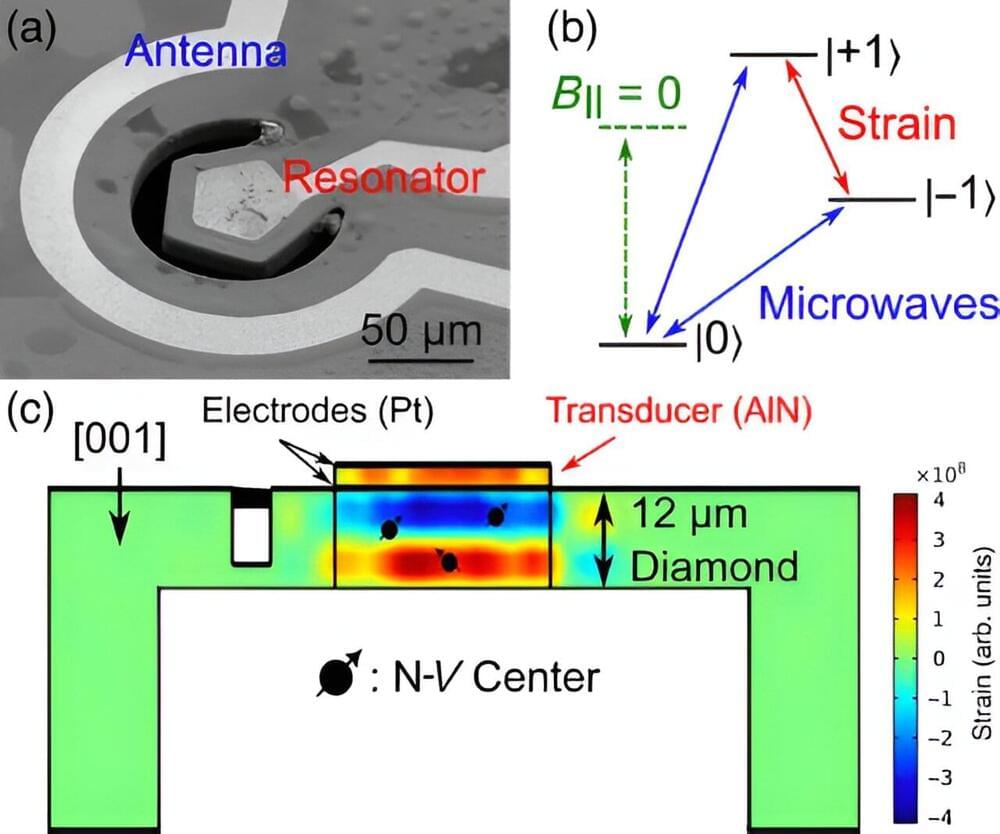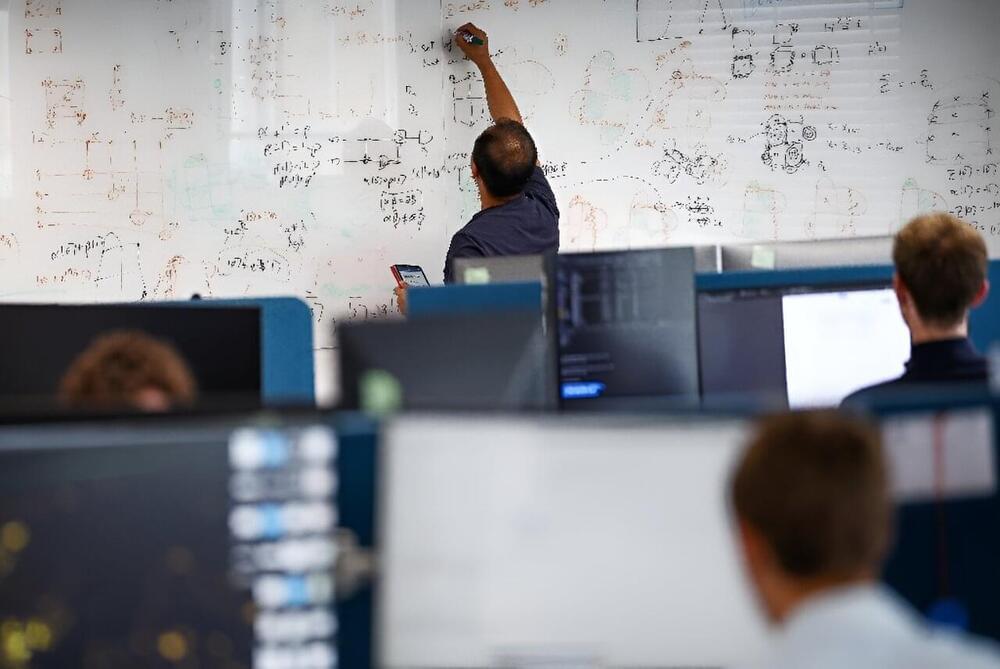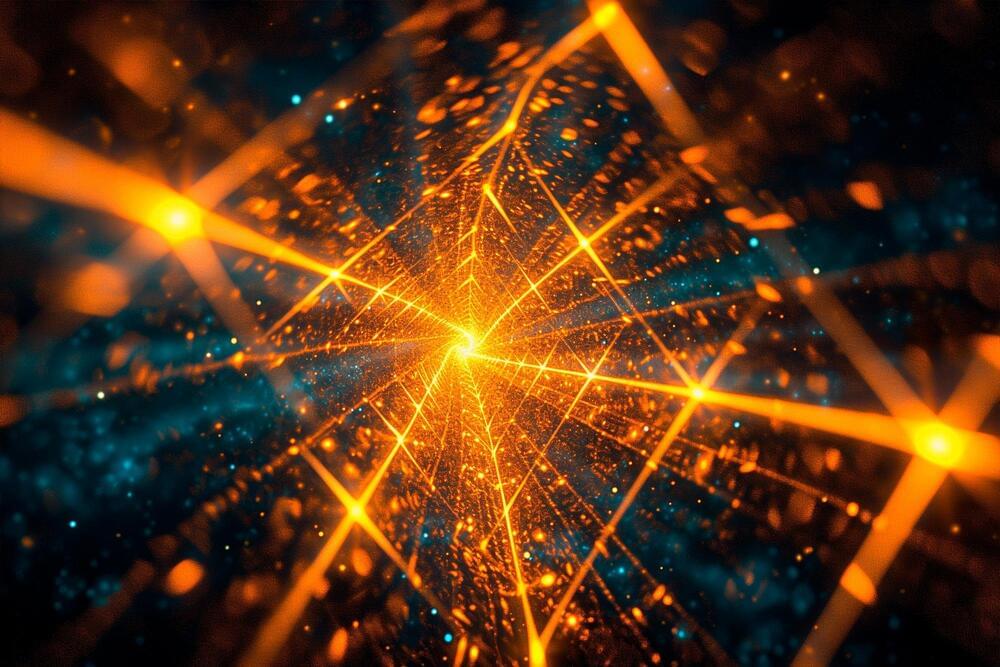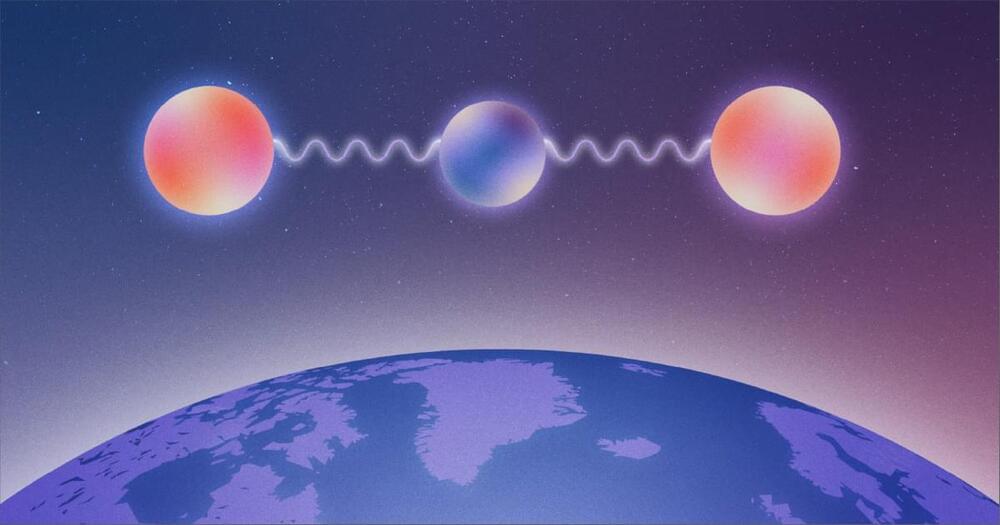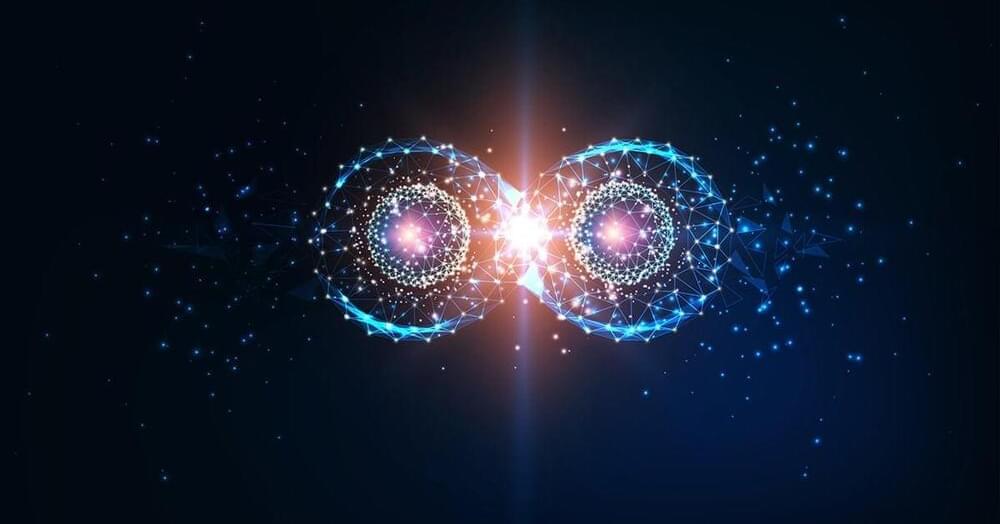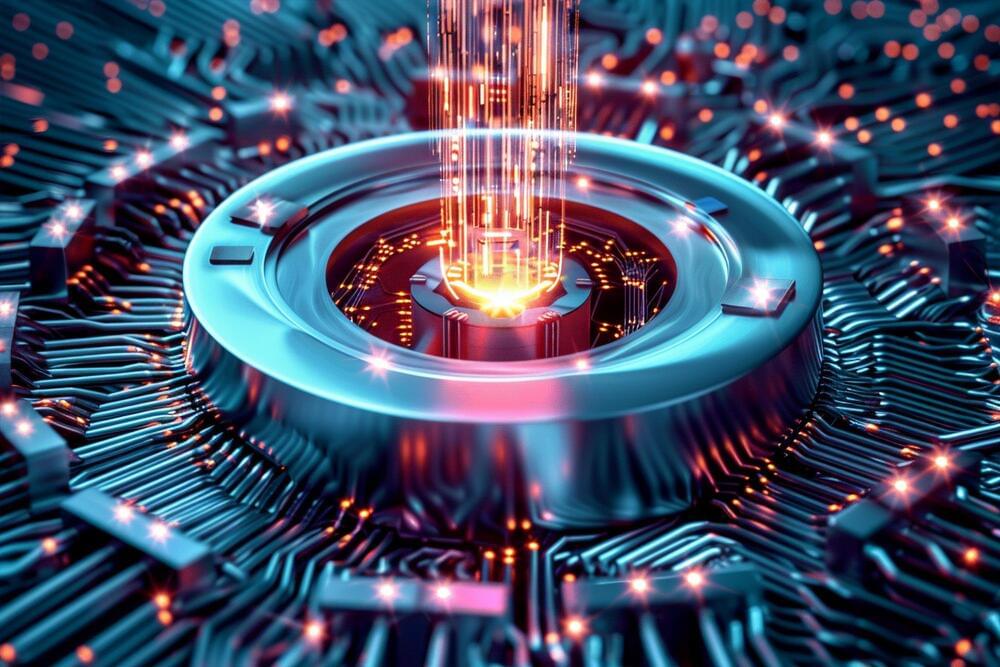Researchers at TMOS, the ARC Centre of Excellence for Transformative Meta-Optical Systems, and their collaborators at RMIT University have developed a new 2D quantum sensing chip using hexagonal boron nitride (hBN) that can simultaneously detect temperature anomalies and magnetic field in any direction in a new, groundbreaking thin-film format.
In a paper released in Nature Communications (“Multi-species optically addressable spin defects in a van der Waals material”), they detail a sensor that is significantly thinner than current quantum technology for magnetometry, paving the way for cheaper, more versatile quantum sensors.
Experimental set-up of hBN quantum sennsor. (Image: RMIT University)
